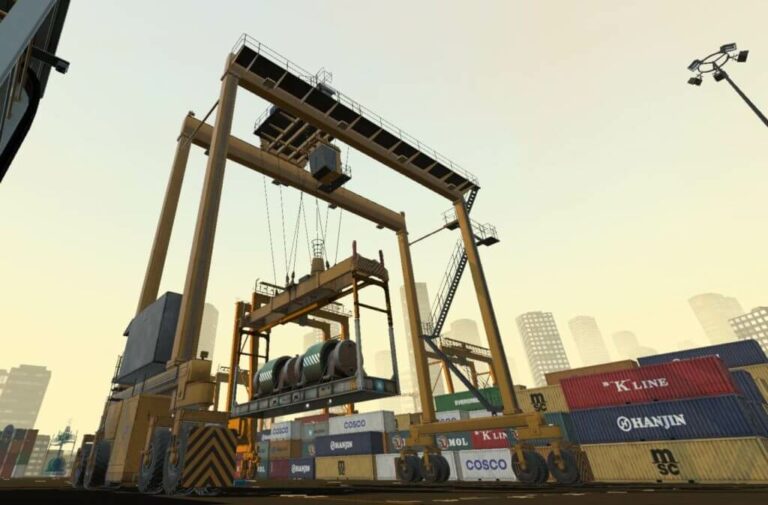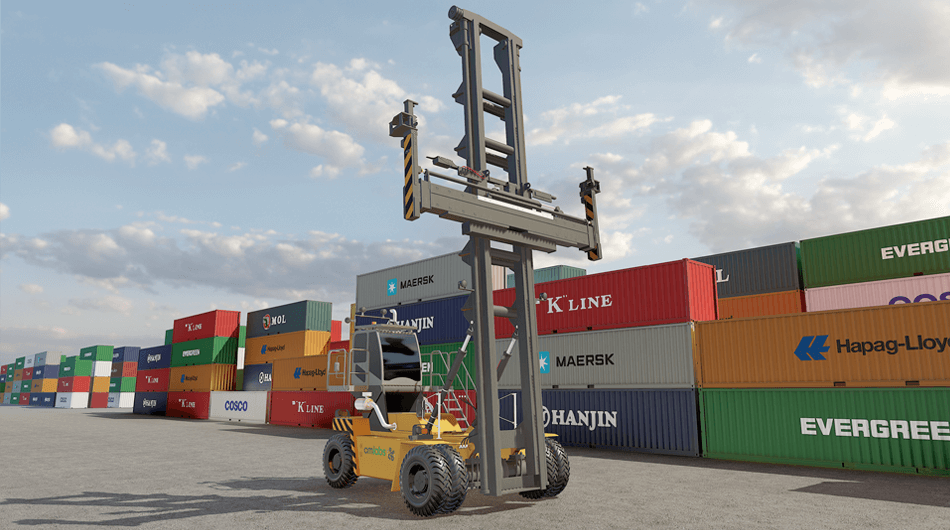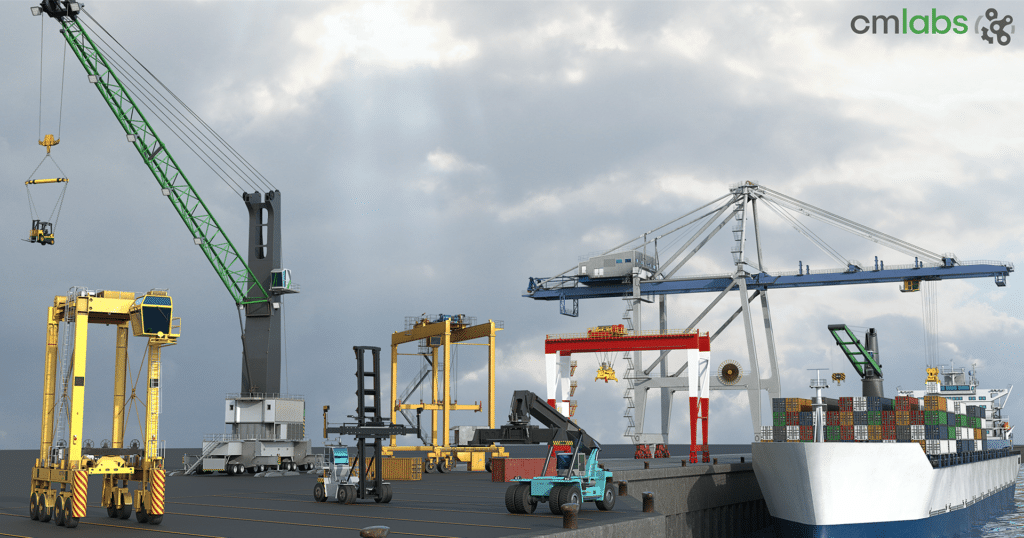Mary Lee Shalvoy, CM Labs Simulations, director of product marketing describes the real and positive impact that simulation training can have on the sustainability of port terminals.
One of the biggest challenges facing port terminal executives and managers today is the need to reduce their environmental footprint. According to the International Maritime Organization (IMO), shipping is responsible for between 2% and 3% of Global Greenhouse gas emissions, and that figure continues to increase annually. This means ports have a critical role to play in reducing the sector’s carbon footprint. At the same time, ports also need to balance their environmental responsibilities with their commercial goals and objectives, ensuring that they remain competitive in an increasingly crowded and tumultuous market.
Fortunately, one solution to these challenges lies in the use of simulation training. By providing port and terminal decision-makers with the tools they need to optimise their operations, simulation-training technology can help to reduce the environmental impact of ports while also increasing efficiency and competitiveness.
Read the full media covering how simulation training helps ports and the environment on Lift and Hoist International Magazine May 2023 Edition, P37-38 or by downloading the PDF version of the article.



